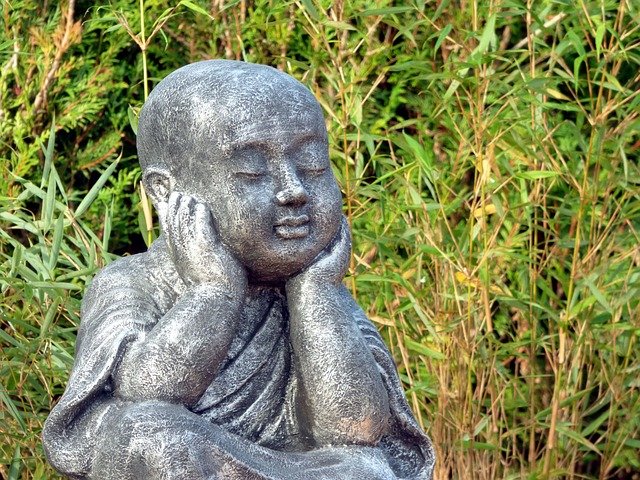Harmony.

The Tale of the Harmonious Village
In a quaint village nestled between rolling hills, there lived a community known for its unparalleled harmony. The villagers prided themselves on their ability to work together, share resources, and celebrate their differences. They believed that true harmony meant the absence of conflict, and they strived to maintain peace at all costs.
The Festival of Unity
Every year, the villagers held a grand Festival of Unity, where they showcased their talents, shared their stories, and enjoyed each other's company. The festival was a time of joy, laughter, and camaraderie. However, as the years passed, a subtle change began to take root in the village.
The Silence of Dissent
In their pursuit of harmony, the villagers became increasingly uncomfortable with disagreement. They believed that any form of conflict threatened their idyllic way of life. Gradually, people began to suppress their opinions and feelings, fearing that expressing dissent would disrupt the peace. The vibrant discussions that once filled the village square were replaced with polite silence.
The Cracks in the Facade
One day, a traveler arrived in the village and noticed the unusual atmosphere. He observed that while the villagers smiled and greeted each other warmly, their eyes held a hint of sadness. The traveler, curious about their way of life, asked a villager, "Why do you all seem so content yet so distant?"
The villager replied, "We are harmonious. We avoid conflict to maintain our peace."
The traveler pondered this and responded, "But is harmony built on silence? What happens when the unspoken words grow heavier than the shared laughter?"
The Storm of Truth
As time went on, the unexpressed feelings began to fester. Small disagreements turned into resentment, and the villagers found themselves divided by unvoiced opinions. The once-vibrant festival became a mere shadow of its former self, with villagers attending out of obligation rather than joy.
One fateful day, a long-simmering disagreement erupted during the festival. The villagers, overwhelmed by pent-up emotions, began to argue openly. The harmony they had worked so hard to maintain crumbled, revealing the cracks that had formed beneath the surface.
The Lesson of True Harmony
In the aftermath of the storm, the villagers gathered to reflect on what had transpired. They realized that true harmony does not mean the absence of conflict, but rather the ability to engage in honest dialogue and embrace differences. They understood that expressing differing opinions and feelings is essential for growth and understanding.
From that day forward, the villagers vowed to create a space where all voices could be heard. They learned to value authenticity over superficial peace, recognizing that real harmony is built on trust, respect, and open communication.
The Wisdom of the Village
The tale of the Harmonious Village serves as a reminder that:
- True harmony requires honesty: Suppressing feelings can lead to resentment and division.
- Conflict can be constructive: Engaging in healthy discussions fosters growth and understanding.
- Embrace differences: Celebrating diverse perspectives enriches the community and strengthens bonds.
In the end, the villagers discovered that harmony is not the absence of conflict but the presence of understanding and compassion. They learned to dance with their differences, creating a melody that resonated far beyond the hills of their village.

All images are taken from the Pixabay.com